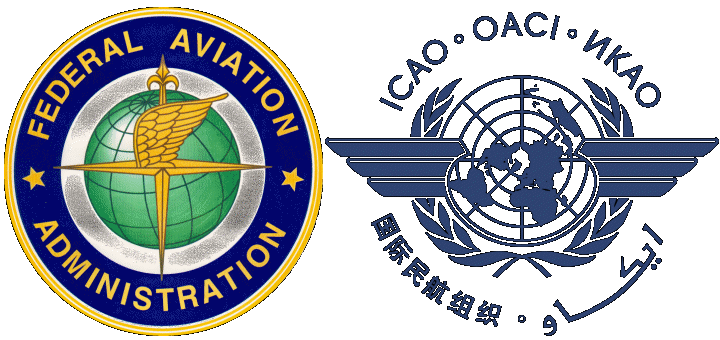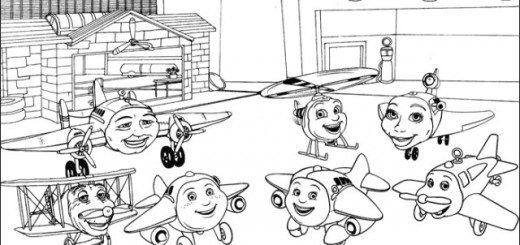FAA downgrades Thailand to Cat. 2 – CAAP must be careful

The U.S. Department of Transportation’s Federal Aviation Administration (FAA) today announced that the Kingdom of Thailand does not comply with International Civil Aviation Organization (ICAO) safety standards and has been assigned a Category 2 rating based on a reassessment of the country’s civil aviation authority. CAAP should now be alerted!
U.S. and Thai aviation officials have a long-standing cooperative relationship and both our countries work continuously to meet the challenge of ensuring aviation safety. A Category 2 International Aviation Safety Assessment (IASA) rating means that the country either lacks laws or regulations necessary to oversee air carriers in accordance with minimum international standards, or its civil aviation authority – a body equivalent to the FAA for aviation safety matters – is deficient in one or more areas, such as technical expertise, trained personnel, record-keeping, or inspection procedures. With a Category 2 rating, Thailand’s carriers can continue existing service to the United States. They will not be allowed to establish new service to the United States.
Thailand was assigned an initial Category 2 rating in 1996 and received a Category 1 rating in 1997. Reassessments of Thailand in 2001 and 2008 continued the Category 1 rating. A reassessment in July 2015 found that Thailand did not meet international standards. Today’s announcement follows ongoing discussions with the government of Thailand which concluded on October 28.
As part of the FAA’s IASA program, the agency assesses the civil aviation authorities of all countries with air carriers that have applied to fly to the United States, currently conduct operations to the United States, or participate in code sharing arrangements with U.S. partner airlines, and makes that information available to the public. The assessments determine whether or not foreign civil aviation authorities are meeting ICAO safety standards, not FAA regulations.
A Category 1 rating means the country’s civil aviation authority complies with ICAO standards. With an IASA Category 1 rating, a country’s air carriers can establish service to the United States and carry the code of U.S. carriers. In order to maintain a Category 1 rating, a country must adhere to the safety standards of ICAO, the United Nations’ technical agency for aviation that establishes international standards and recommended practices for aircraft operations and maintenance. IASA information is posted at www.faa.gov/about/initiatives/iasa/
CAAP should be careful
The Civil Aviation Authority of the Philippines (CAAP) should be very careful now. It is only 20 months ago when the bans on the Philippine’s airlines had been lifted after 6 years by FAA and EASA. CAAP does not only need to have open eyes on the big four, PAL, CEB, CEBgo and Air Asia, but also on the small ones and especially the charter business.
There are still air-charter companies flying in the Philippine sky without a valid Air Operator’s Certificate (AOC). If FAA, EASA or ICAO finds that CAAP procedures aren’t safe, the airlines monitored by CAAP will automatically be considered unsafe.
[GARD]










Recent Comments